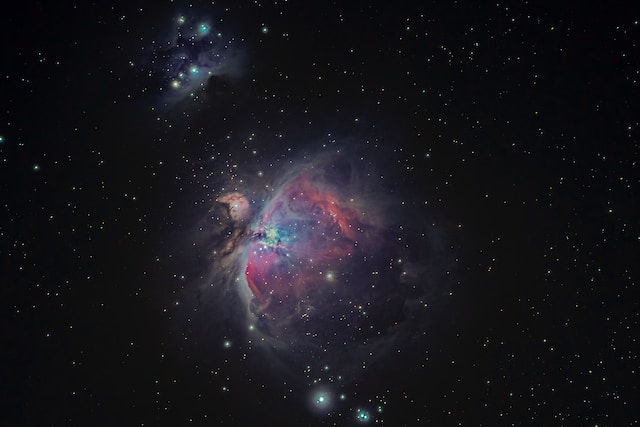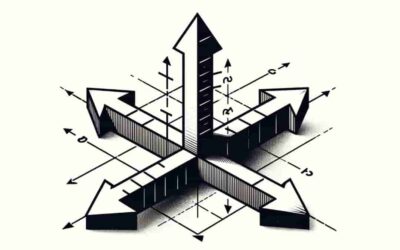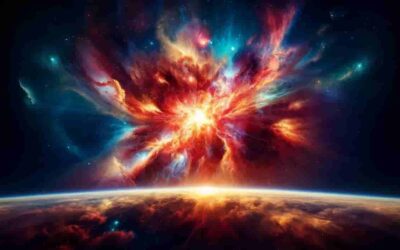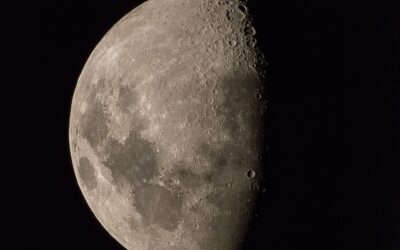Introduction
Since the dawn of human civilization, the night sky has captivated our collective imagination. The sparkling celestial bodies, strewn across the infinite expanse of space, have served as muses for poets, navigation aids for mariners, calendars for farmers, and a cosmic canvas for the curious. Astronomy, the scientific study of these celestial objects, phenomena, and processes, allows us to delve into the mysteries of the universe. It offers us glimpses of our past, insights into our present, and predictions for our future.
Unravelling the Cosmos
Astronomy is more than a science; it’s a journey into the cosmos that’s fueled by curiosity and guided by scientific rigour. This journey has taken us from recognizing patterns in the stars to exploring the very boundaries of the observable universe.
Over the centuries, telescopes have been our primary tool in this exploration. From Galileo’s modest lens, which first spied the moons of Jupiter, to the majestic Hubble Space Telescope, which has given us breathtaking images of nebulae and galaxies far beyond our own, these instruments have progressively broadened our cosmic perspective.
The universe is a vast arena, filled with a multitude of wonders. Stars, planets, asteroids, comets, galaxies, black holes, nebulae, and even mysterious dark matter and dark energy – are just some of the myriad entities that make up our cosmos. And with each passing day, new discoveries are made that add to our understanding of this expansive cosmic tapestry.
Deep-Space Probes and Observatories
Advancements in technology have allowed us to venture even deeper into space. We have sent probes to our neighbouring planets and beyond. Voyager 1, for instance, launched in 1977, is now in interstellar space, transmitting data back to Earth from a realm we have never physically reached before.
On the other hand, orbiting observatories like the Chandra X-Ray Observatory and the Kepler Space Telescope have revealed the universe as never before. They have uncovered the high-energy processes of supernovae and pulsars, detected exoplanets orbiting distant stars, and have even provided clues to the nature of dark energy, a mysterious force driving the accelerating expansion of the universe.
Cosmic Origins and Future
One of the most profound discoveries in astronomy is that we are made of star stuff. The elements that make up our bodies were forged in the crucibles of ancient stars. Through studying the universe, we are, in a sense, learning about ourselves – our origins, and our place in the cosmos.
Looking into the distant universe also means looking back in time, to moments closer to the Big Bang. Observations of cosmic microwave background radiation have given us a snapshot of the universe just 380,000 years after its birth, providing critical clues about its origin, structure, and eventual fate.
Moreover, the study of cosmic phenomena such as supernovae and gamma-ray bursts helps astronomers understand the life cycles of stars and the processes that may eventually unfold in our own cosmic neighbourhood.
Conclusion
As we continue to explore the cosmos, we are continually humbled by its vastness and complexity. Yet, it is this very humility that fuels our quest for knowledge. For as much as astronomy reveals about the universe, it also raises new questions, ensuring that the exploration of the cosmos will continue to captivate and challenge us for generations to come.
As we stand on this tiny planet, gazing up at the cosmos, we are reminded of our profound connection to the universe. The atoms in our bodies, the rhythms of our cultures, and our insatiable curiosity are all born of the cosmos. Through the lens of astronomy, we see that we are not merely in the universe, but of the universe, ever exploring and ever discovering. The cosmos is our ultimate frontier, our greatest adventure, and, in a deeply profound sense, our home.






0 Comments